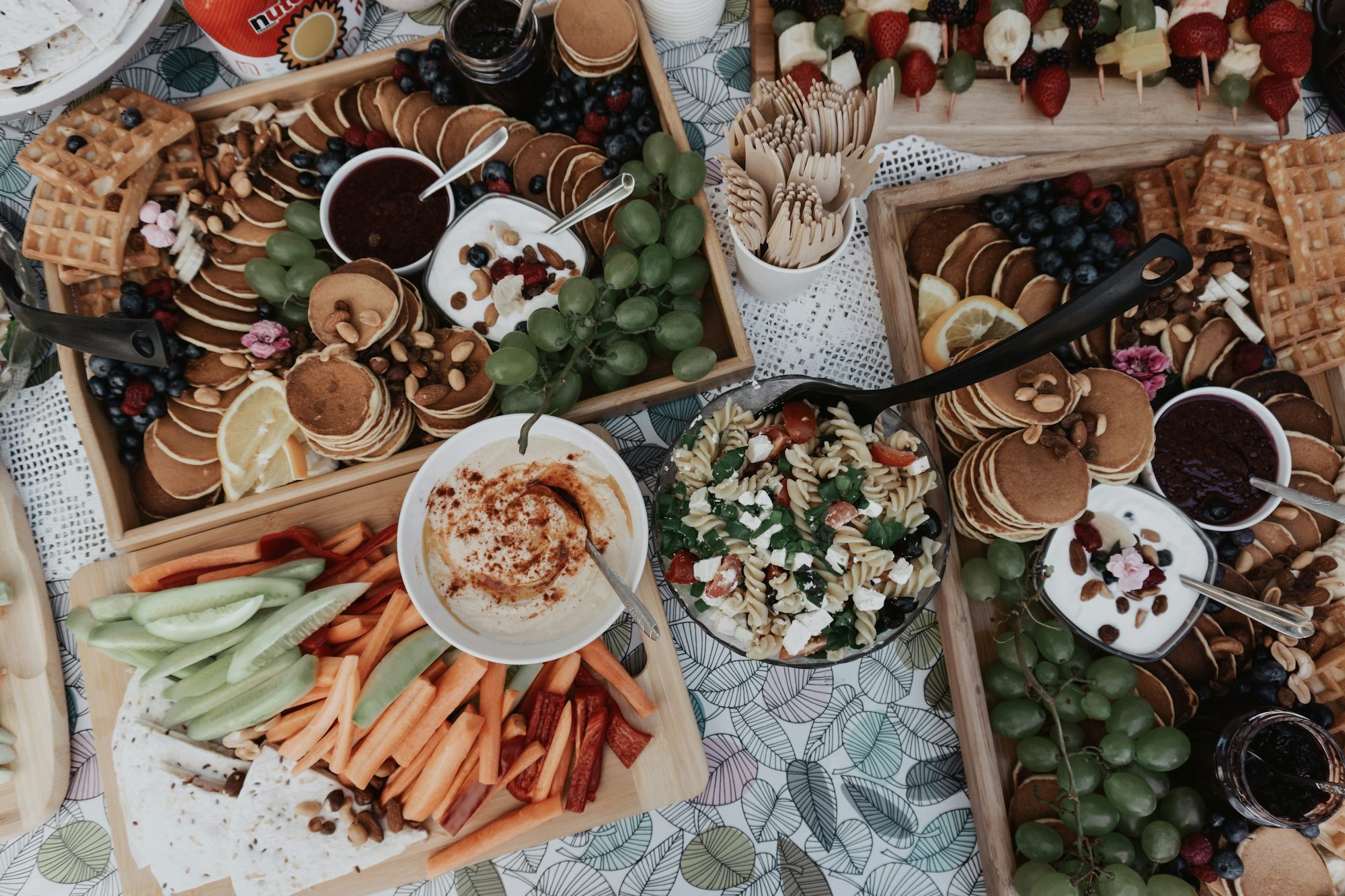
A Journey Through the World of Cheese: Types, Pairings, and Culinary Uses
This article explores the diverse world of cheese, including its various types, how to pair them, and creative culinary uses that enhance any meal.The Art of Cheese Making
Cheese making is a centuries-old craft that dates back to ancient civilizations. The process begins with milk, which can come from various animals, including cows, goats, and sheep. The type of milk used greatly influences the flavor and texture of the cheese. Once the milk is collected, it undergoes pasteurization to eliminate harmful bacteria.
After pasteurization, the milk is curdled using rennet or an acid, causing it to separate into curds and whey. The curds are then drained, and depending on the desired cheese type, they may be pressed, aged, or treated with various cultures and spices. This intricate process results in the wide variety of cheeses we enjoy today.
Types of Cheese
Cheese can be categorized into several types based on texture, flavor, and aging process. Here are some of the most popular categories:
1. Fresh Cheese: This type of cheese is not aged and has a high moisture content. Examples include ricotta, cottage cheese, and mascarpone. Fresh cheeses are often soft and spreadable, making them perfect for spreading on bread or adding to salads.
2. Soft Cheese: Soft cheeses, such as brie and camembert, have a creamy texture and are often characterized by a white, bloomy rind. They are delightful when served with fruits, nuts, or crusty bread, creating an elegant appetizer.
3. Semi-Hard Cheese: Cheeses like gouda, emmental, and havarti fall into this category. They have a firmer texture but still retain some creaminess. These cheeses are versatile and work well in sandwiches, on cheese boards, or melted in various dishes.
4. Hard Cheese: Aged cheeses such as parmesan, pecorino, and aged cheddar are known for their intense flavors and granular textures. They are ideal for grating over pasta or salads and can also be enjoyed on their own.
5. Blue Cheese: Blue cheese is known for its distinctive blue veins and pungent aroma. Varieties like Roquefort, gorgonzola, and stilton have unique flavors that can add depth to salads, sauces, and even desserts.
Pairing Cheese with Food and Wine
Pairing cheese with food and wine is an art form that can enhance the flavors of both. Here are some general guidelines to consider:
- Fresh Cheeses: These cheeses pair well with light, fruity wines such as Sauvignon Blanc or a crisp sparkling wine. They also complement fresh fruits like berries and melons.
- Soft Cheeses: Brie and camembert are delightful with Chardonnay or a light red wine like Pinot Noir. For a unique twist, try pairing them with honey or fig preserves for a sweet contrast.
- Semi-Hard Cheeses: Gouda and havarti go well with medium-bodied reds like Merlot or even a hoppy IPA. Nuts and dried fruits make excellent accompaniments, enhancing the nutty flavors of these cheeses.
- Hard Cheeses: Aged cheddar and parmesan shine when paired with robust wines like Cabernet Sauvignon or Barolo. These cheeses are also great with cured meats, making them perfect for charcuterie boards.
- Blue Cheeses: The bold flavors of blue cheeses pair nicely with sweet wines like port or dessert wines. They also work well with savory accompaniments like walnuts or dark chocolate.
Creative Culinary Uses for Cheese
Cheese is not just for snacking or serving on a platter; it can be incorporated into a variety of dishes. Here are some creative ideas to inspire your cooking:
1. Cheese Boards: Create an elegant cheese board by selecting a variety of cheeses with different textures and flavors. Add complementary items such as nuts, fruits, crackers, and artisanal bread for a visually stunning presentation that’s perfect for entertaining.
2. Stuffed Dishes: Use cheese to elevate stuffed dishes, such as stuffed chicken breasts or peppers. Mixing cheeses like feta or mozzarella with herbs and spices can add a delightful surprise when cut into.
3. Soups and Sauces: Cheese can enhance the richness of soups and sauces. Stir in grated parmesan to a vegetable soup for depth or use cream cheese in sauces for pasta to create a velvety texture.
4. Baked Goods: Incorporate cheese into baked goods for a savory twist. Cheddar scones or cream cheese brownies can surprise and delight your guests, providing a unique flavor profile.
5. Salads: Cheese can be a fantastic addition to salads. Crumbled blue cheese or feta can add tanginess, while fresh mozzarella can provide a creamy texture. Pair cheese with vibrant vegetables for a colorful and nutritious dish.
Conclusion
The world of cheese is vast and delicious, offering endless possibilities for exploration and enjoyment. From its rich history and diverse types to the art of pairing and creative culinary uses, cheese is more than just a food; it’s a celebration of flavors and culture. By understanding the nuances of cheese and experimenting in the kitchen, anyone can elevate their culinary creations and indulge in the delightful experience that cheese brings to the table. So gather your favorite cheeses, pair them with delicious accompaniments, and savor the rich tapestry of flavors that only cheese can provide.